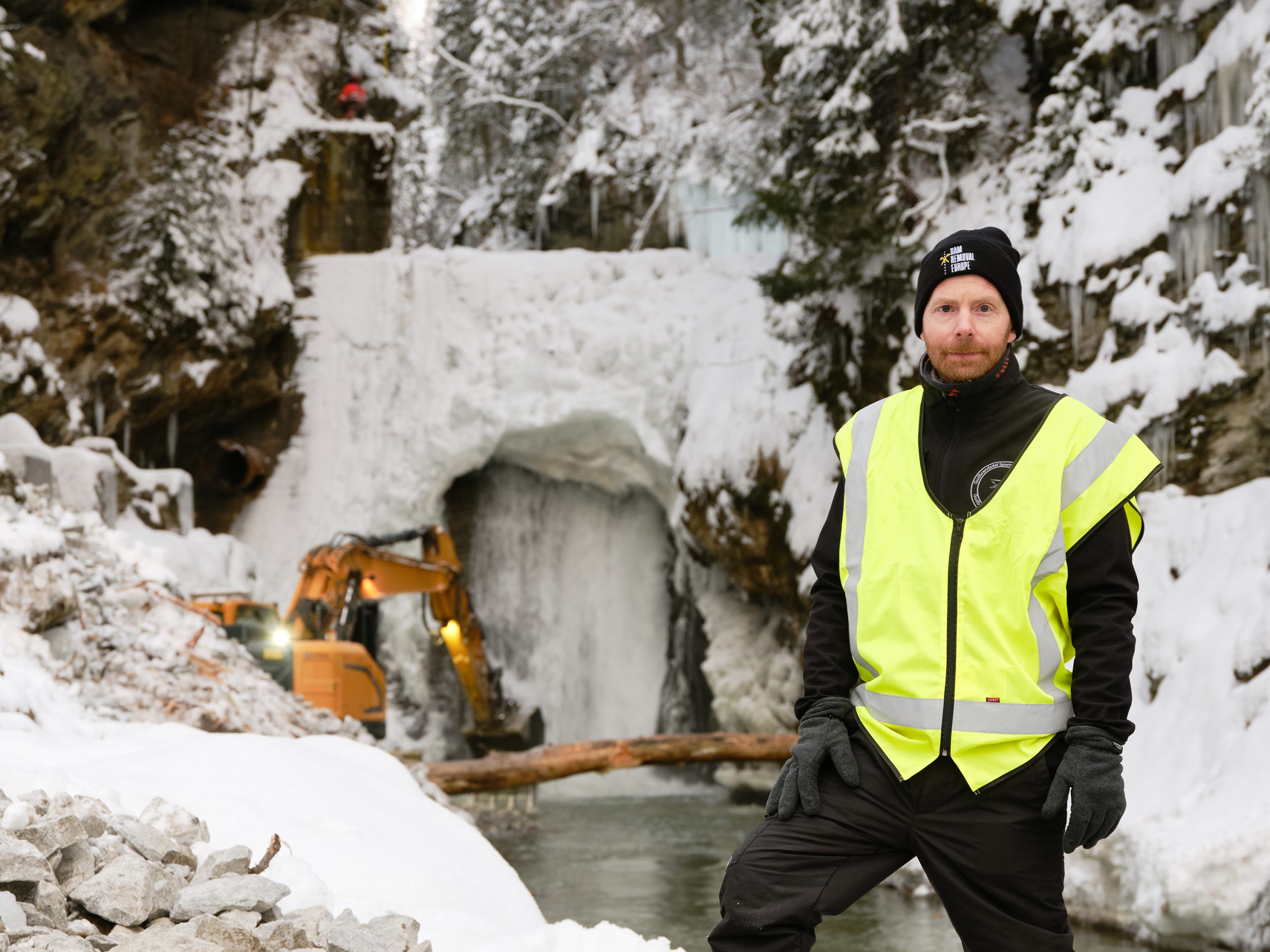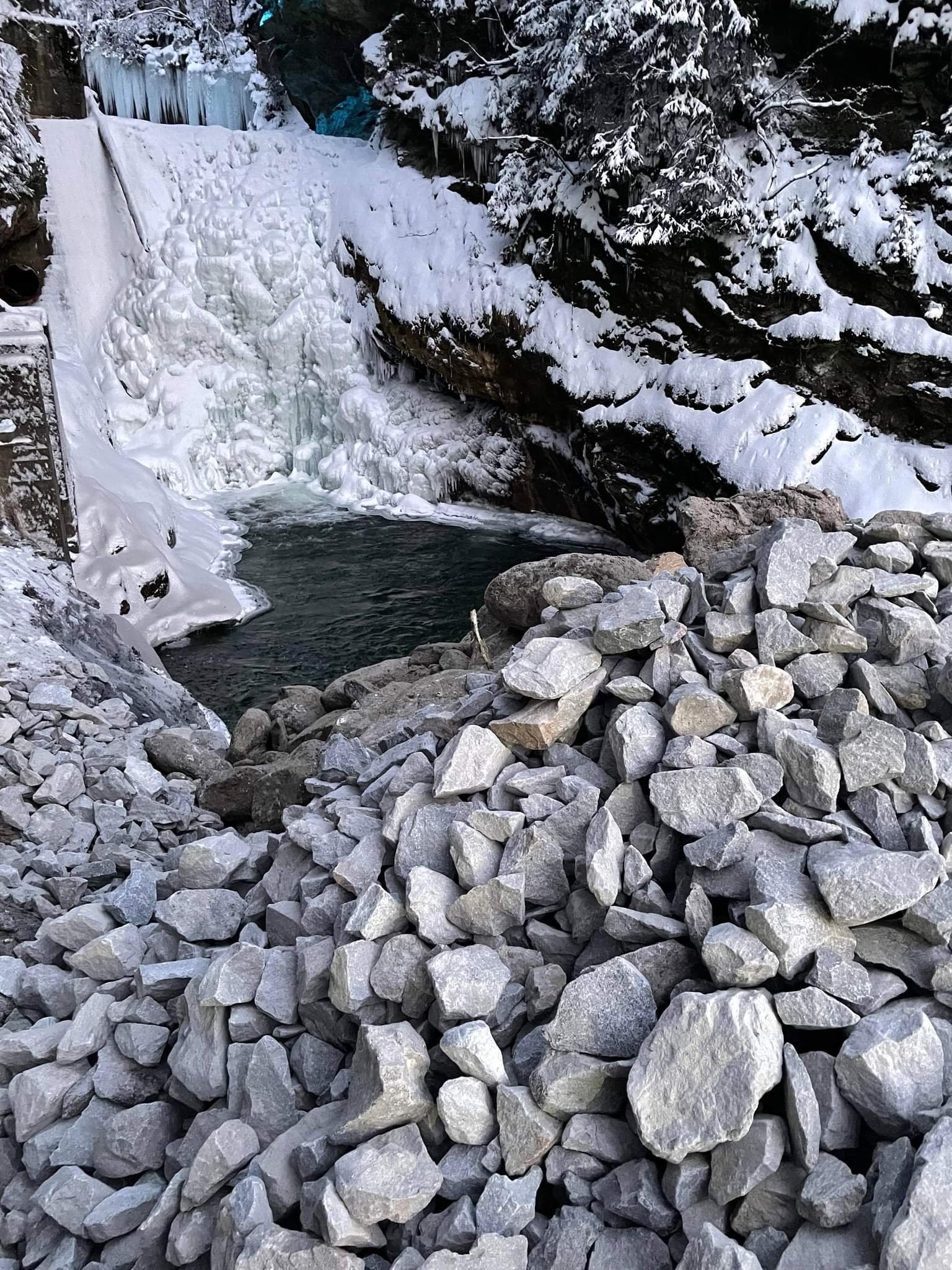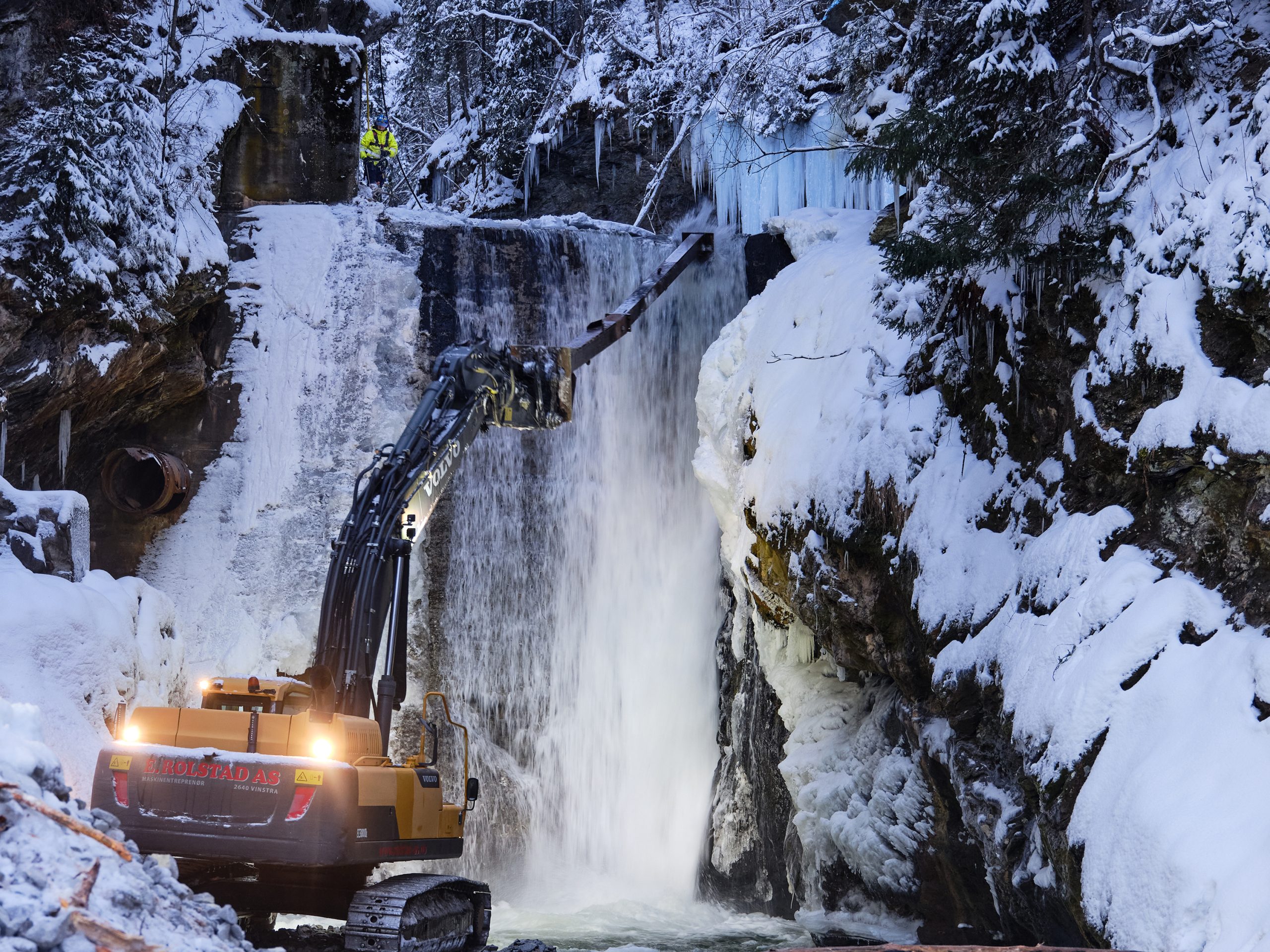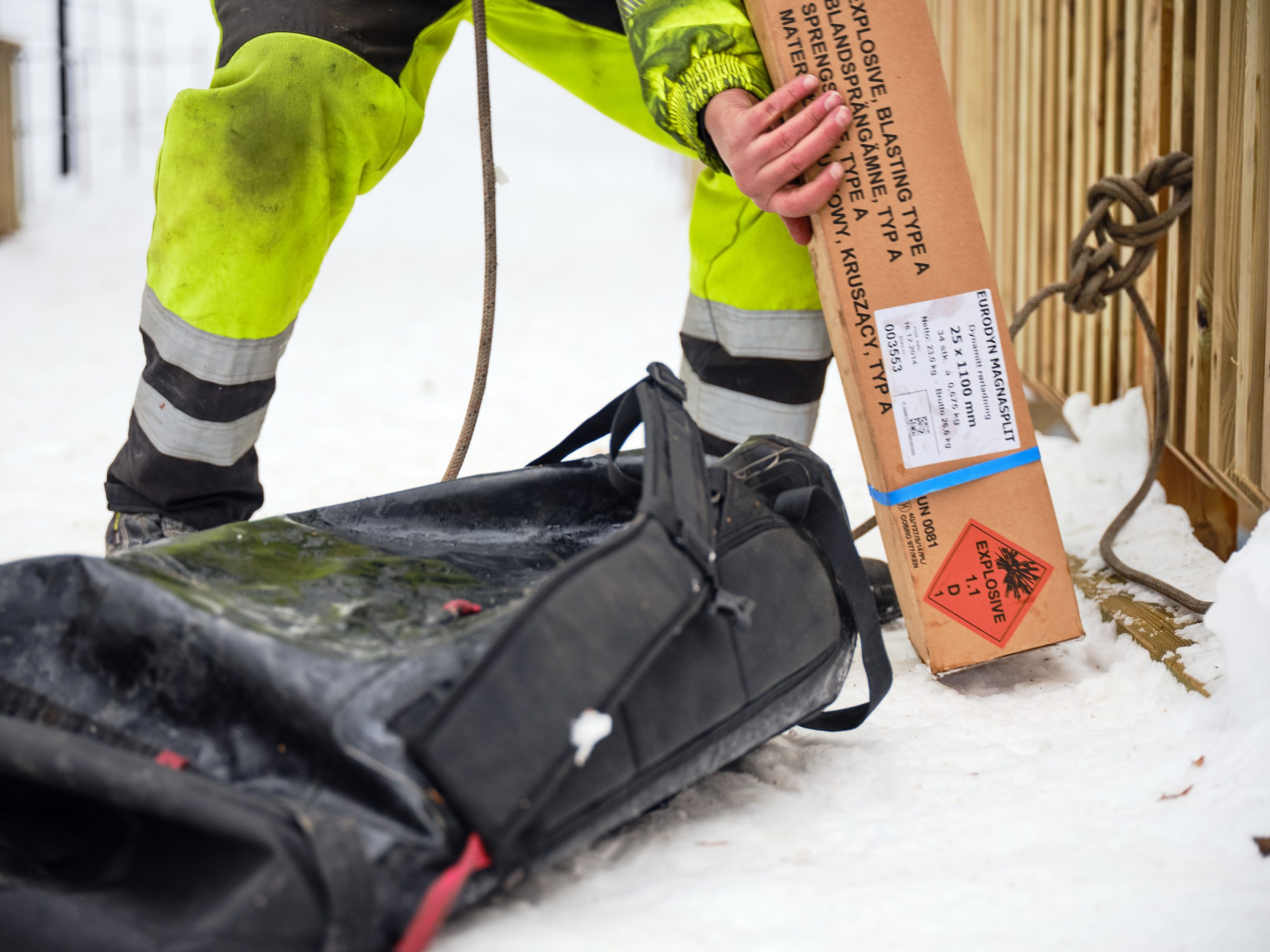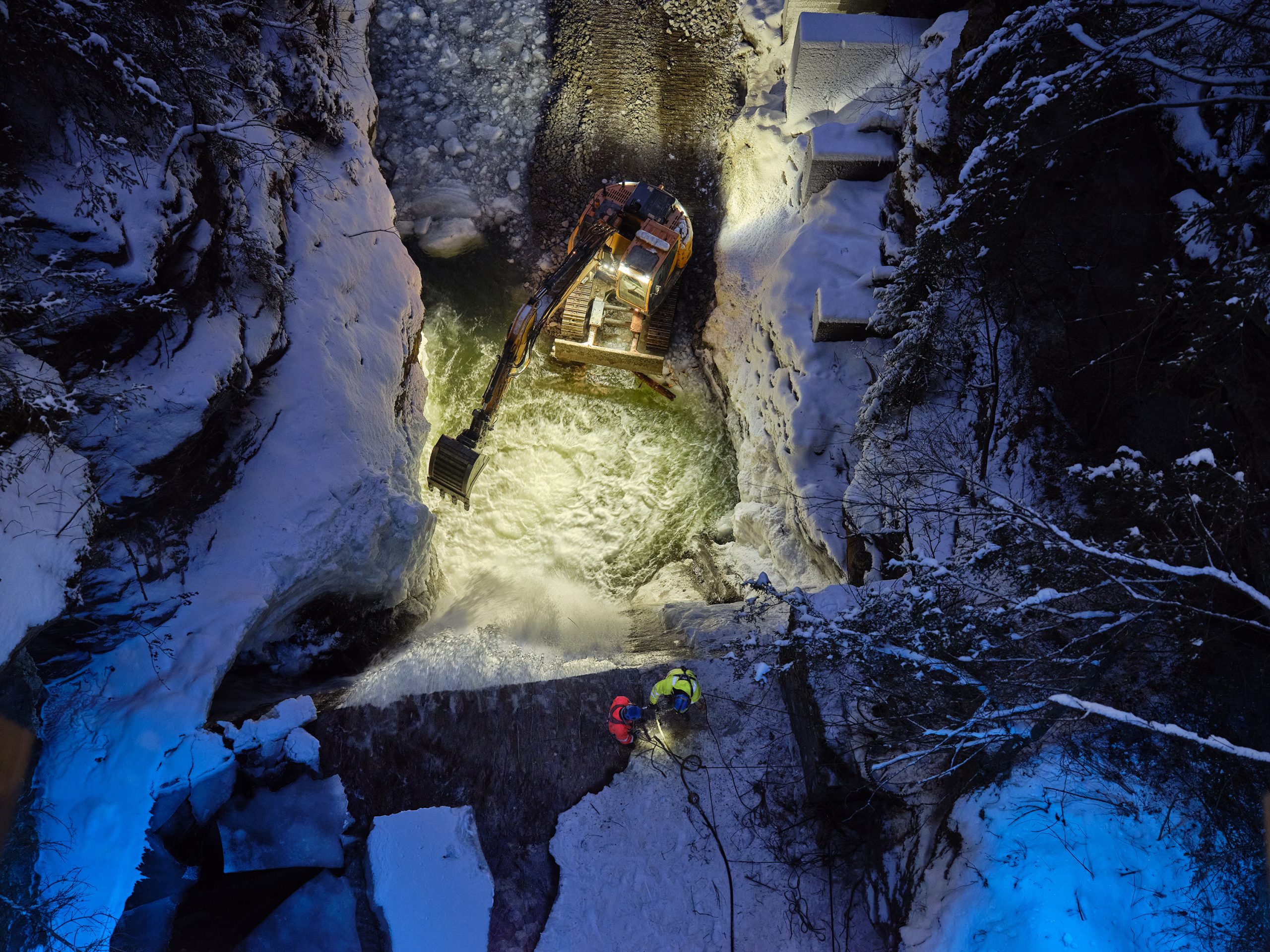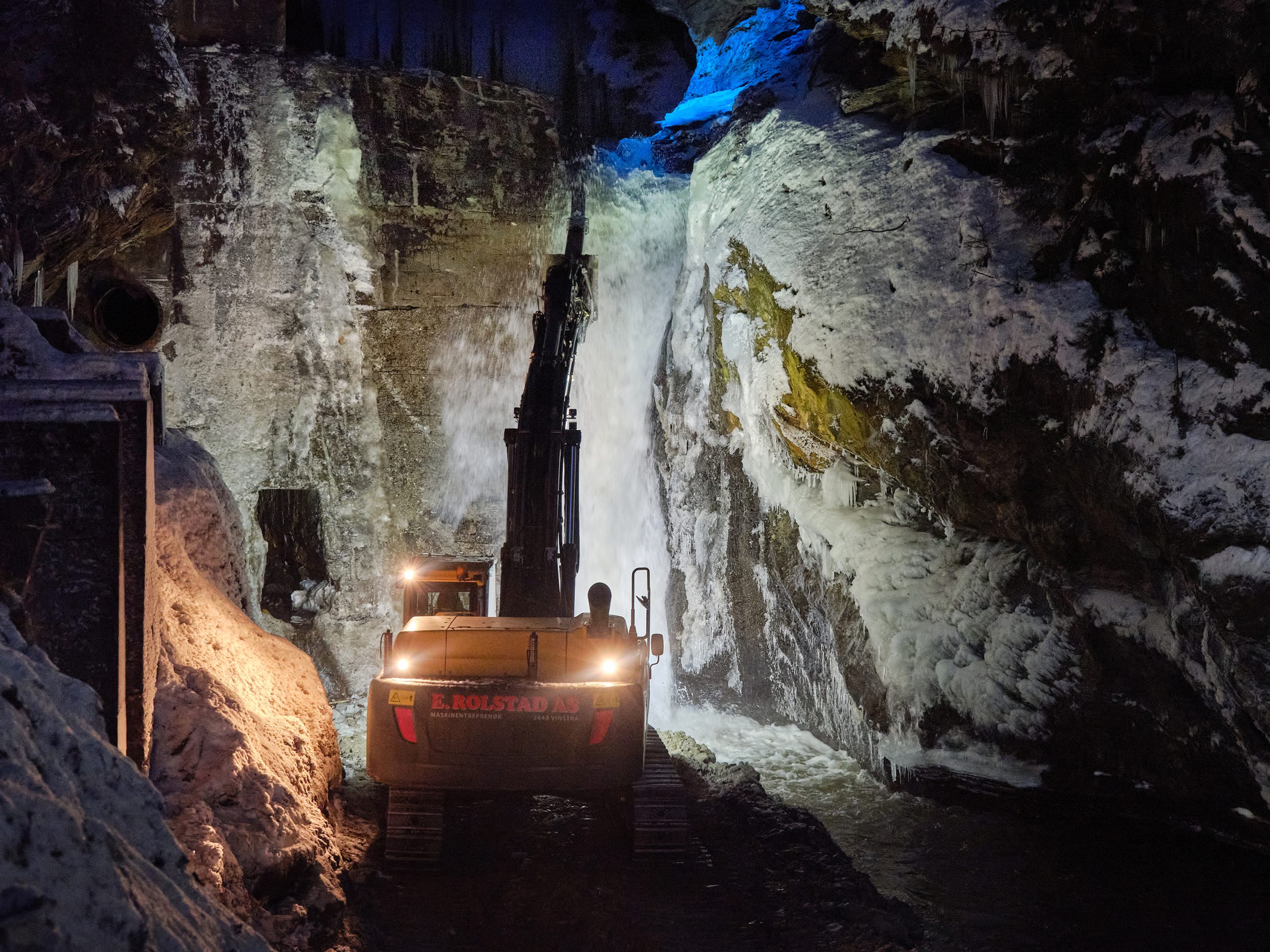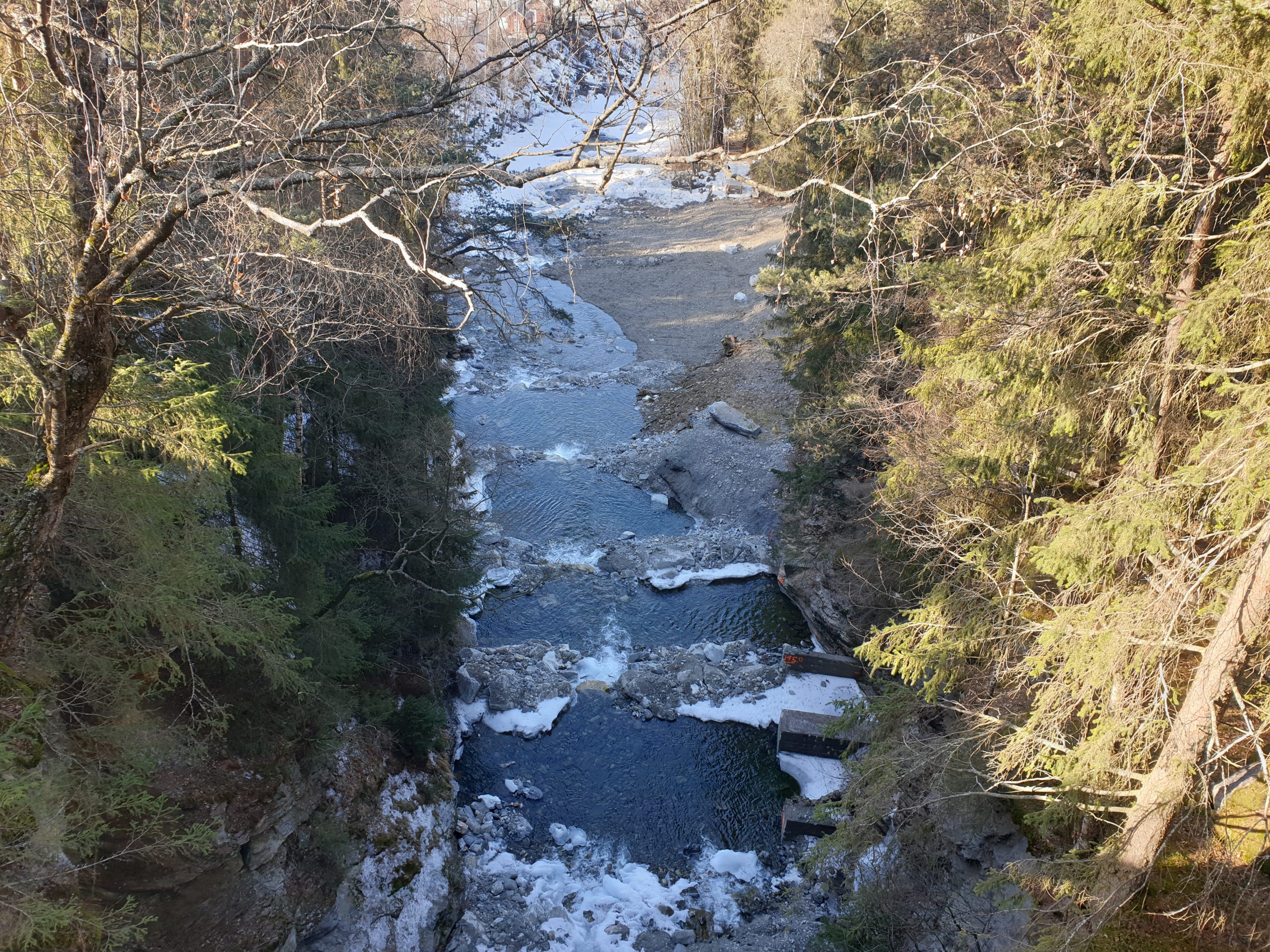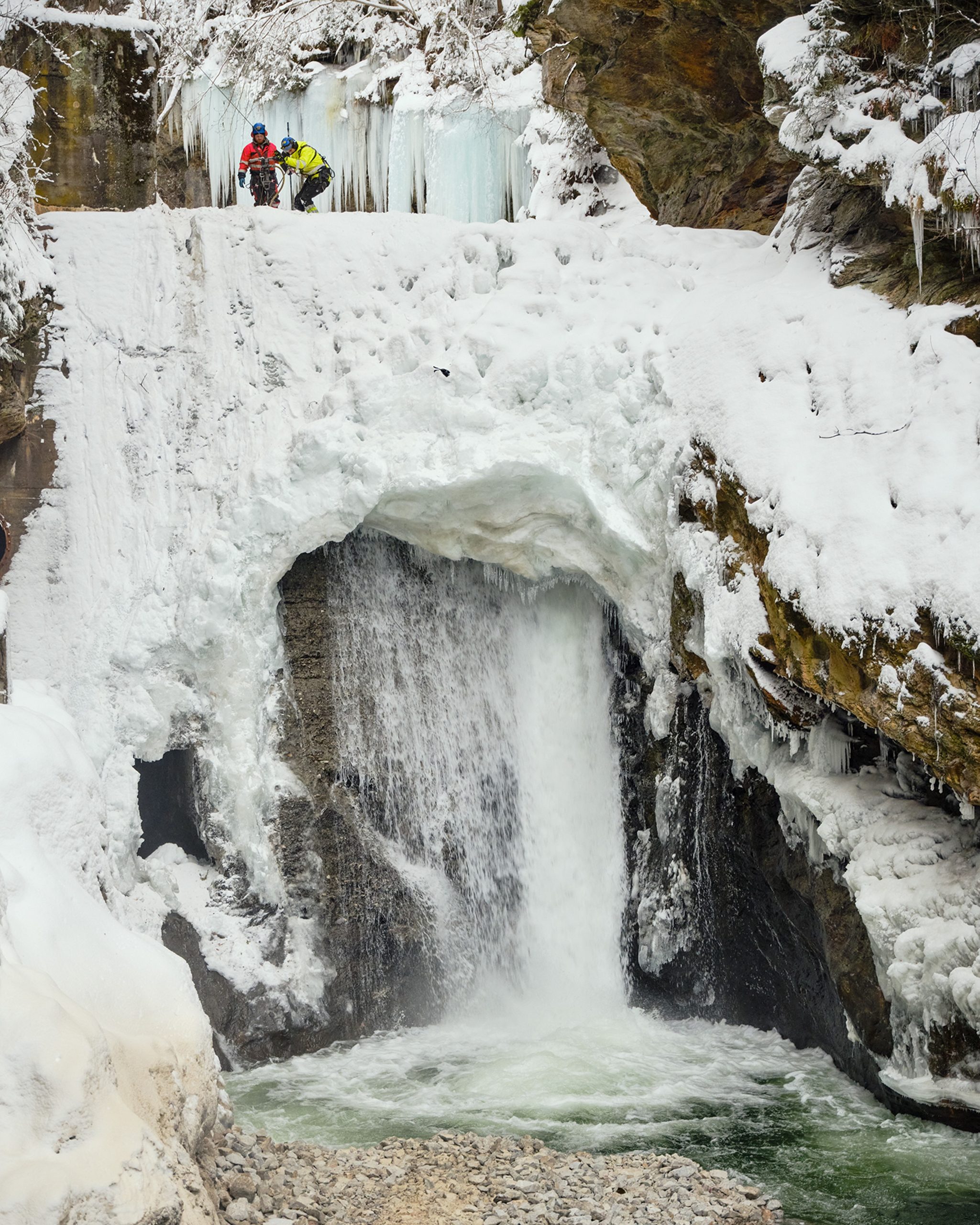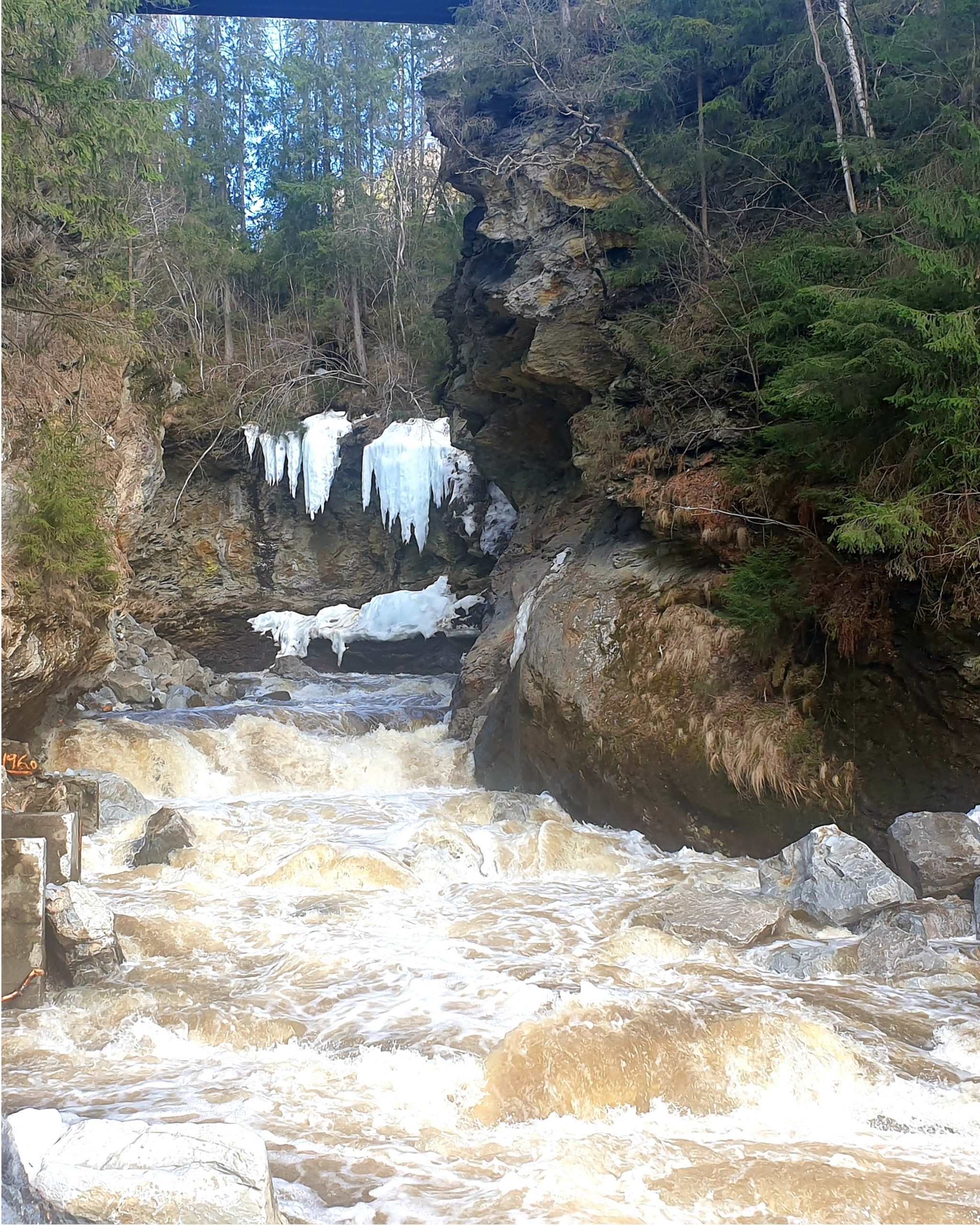A 106-year-old hydro dam was dynamited in Norway
River Tromsa
River Tromsa is located in south-central Norway, about 250 km north of Oslo (Fig. 1). It is a tributary of River Lågen (or Gudbrandsdalslågen), a 204-km long river that runs through a large valley before emptying into Lake Mjøsa, Norway’s biggest lake. Since 1916, the corridor of River Tromsa had been fragmented by a 9 m high dam located 950 m upstream its conjunction with River Lågen, near Fåvang town, in Innlandet (latitude: 61.45770, longitude: 10.19871). The dam was initially built to power a mill and later it was used to power a hydroelectric power plant. In 1950, the dam became inactive due to a flood, and remained so due to the high cost needed to fix the damage.




